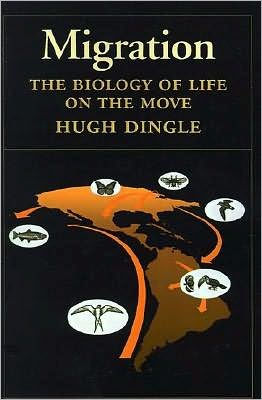Part one defines migration, gives examples, and places migration in the spectrum of movement behaviors, concluding with a chapter on methods for its study. Part two focuses on proximate mechanisms, including physiology and morphology (and the constraints associated with them), the interactions between migration and wind and current patterns, and the various orientation and navigation mechanisms by which migrants find their way about. Part three, on the evolution of migratory life histories, addresses the evolutionary and ecological basis for migration and the roles of migration not only in the lives of organisms, but also in the ecological communities in which they live. Part four is devoted to a brief consideration of migration and its relation to pest management and conservation. As a major contribution to a vital subject, this work will be valued by all researchers and students in the fields of animal behavior, ecology, and zoology.
Part one defines migration, gives examples, and places migration in the spectrum of movement behaviors, concluding with a chapter on methods for its study. Part two focuses on proximate mechanisms, including physiology and morphology (and the constraints associated with them), the interactions between migration and wind and current patterns, and the various orientation and navigation mechanisms by which migrants find their way about. Part three, on the evolution of migratory life histories, addresses the evolutionary and ecological basis for migration and the roles of migration not only in the lives of organisms, but also in the ecological communities in which they live. Part four is devoted to a brief consideration of migration and its relation to pest management and conservation. As a major contribution to a vital subject, this work will be valued by all researchers and students in the fields of animal behavior, ecology, and zoology.

Migration: The Biology of Life on the Move

Migration: The Biology of Life on the Move

Product Details
| ISBN-13: | 9780195358278 |
|---|---|
| Publisher: | Oxford University Press |
| Publication date: | 02/08/1996 |
| Sold by: | Barnes & Noble |
| Format: | eBook |
| File size: | 6 MB |
